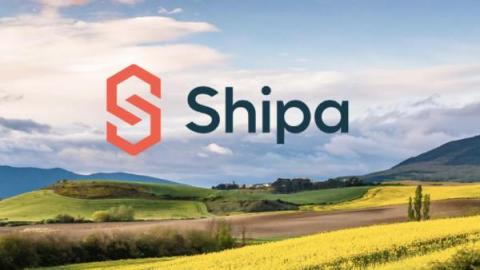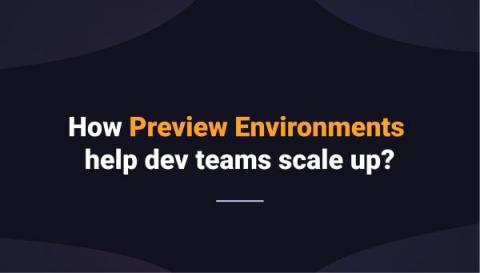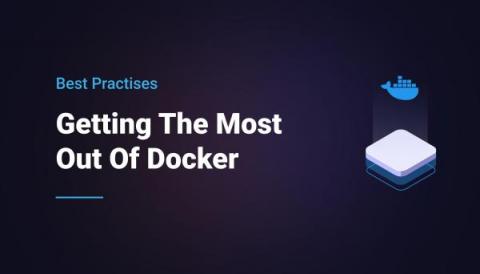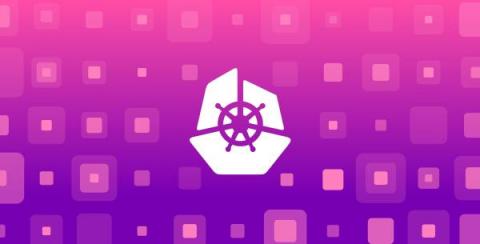A Recession Is Inevitable. Are Your Cloud Deployments and Development Teams Ready?
The recent market turmoil has everyone from developers to CTOs and founders asking themselves a fundamental question “Is our cloud-deployment strategy recession proofs, and if not, how can we adapt to the new market realities?” Within enterprises of all sizes, leaders are asking hard questions, looking for ways to cut costs without negatively impacting growth.










